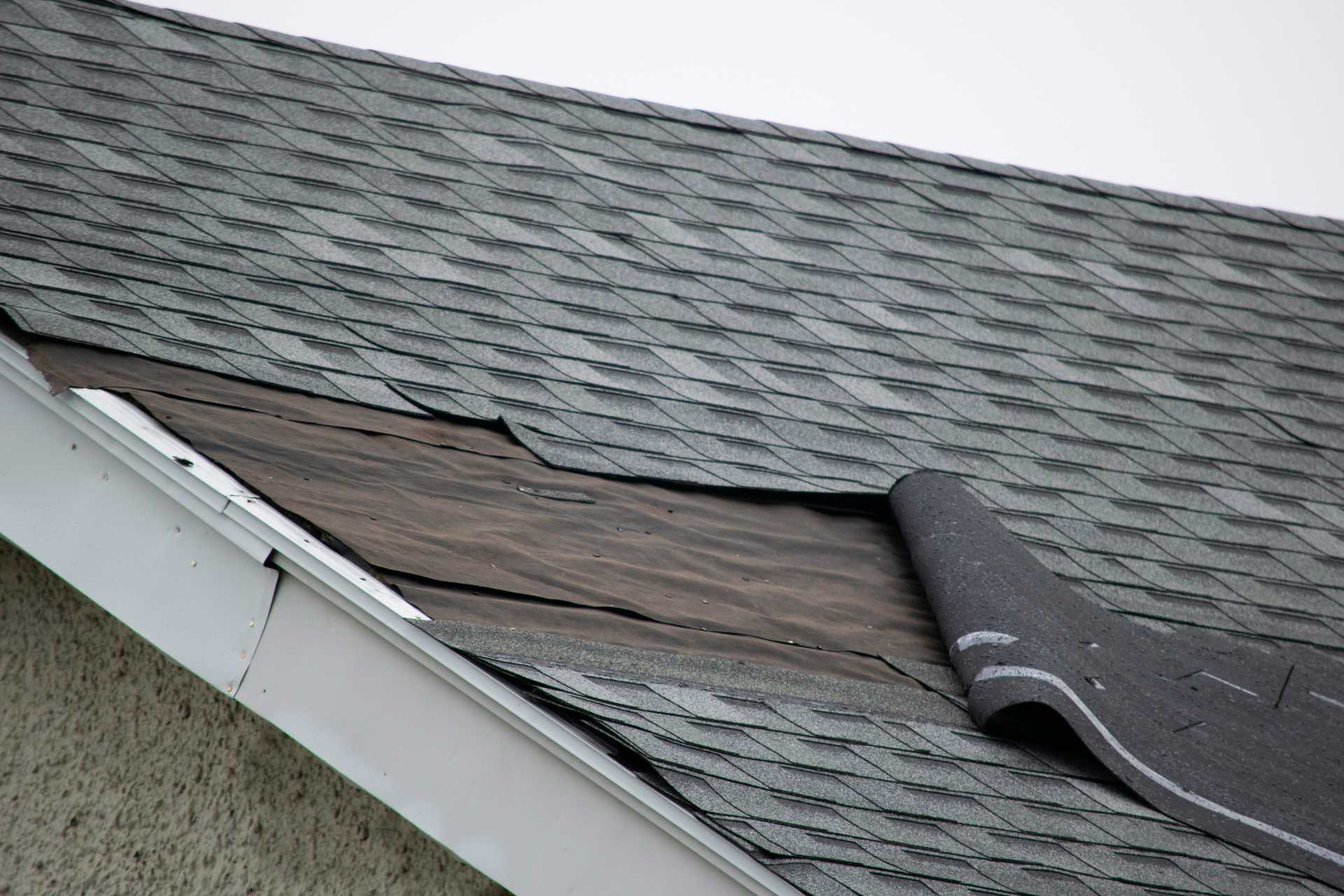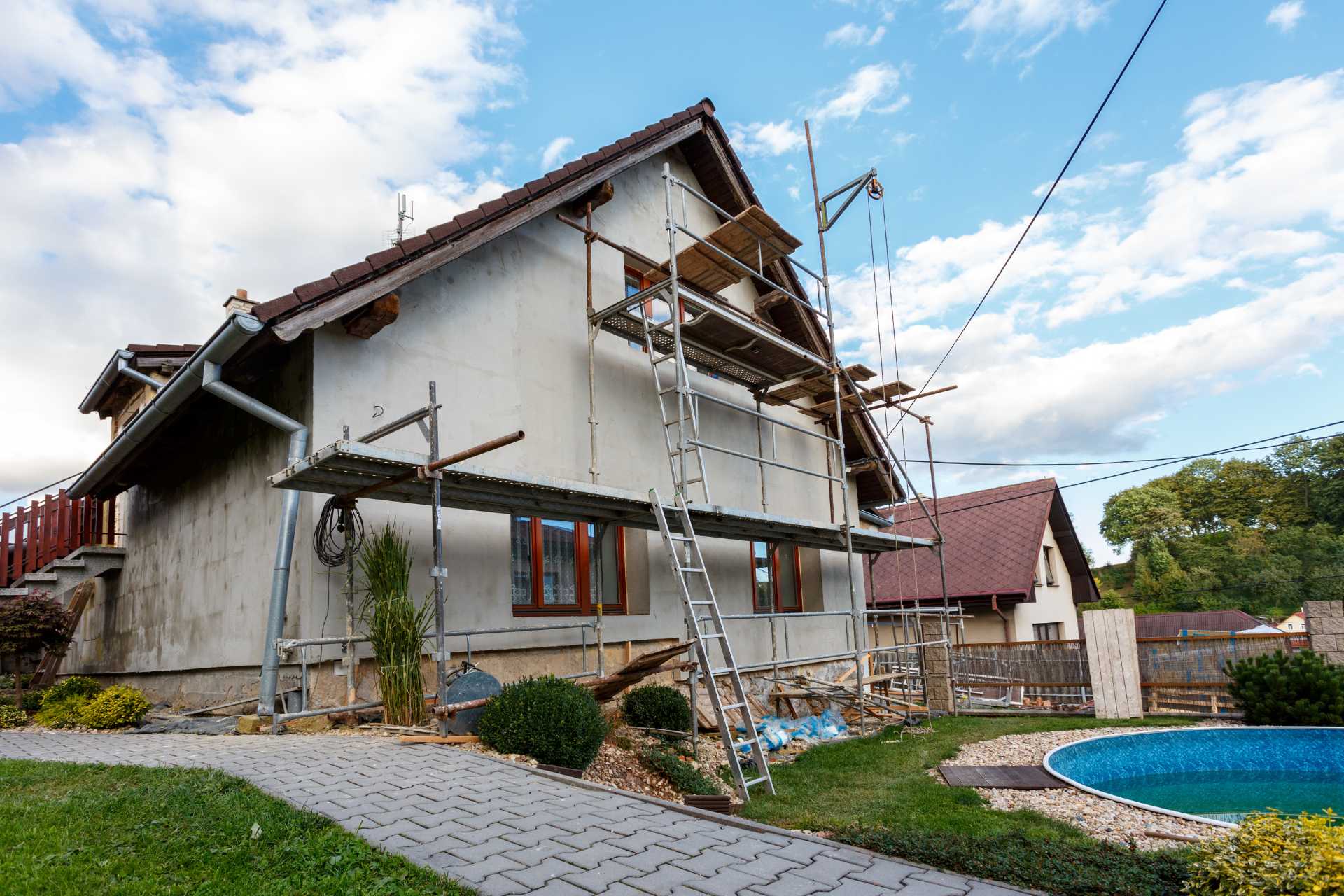You have found a home you love in Ontario, the offer has been accepted, and the excitement is building. Before you finalize the biggest purchase of your life, it is time for one of the most crucial steps: the home inspection. A home inspection is a non-invasive, visual examination of a property’s physical condition. Its goal is to identify significant defects, potential problems, and necessary repairs. This provides you with a clear picture of the home’s health before the deal closes. This guide will demystify the process, outlining exactly what a licensed home inspector in Ontario will examine. It will also explain what to do with the findings, whether the issue is with the electrical system or something major like the metal roofing. The report is a key piece of information to review with your real estate lawyer.
Before the Inspector Arrives: Setting the Stage
The process begins with hiring a qualified professional. In Ontario, it is important to choose a licensed and insured home inspector, preferably one with a designation from a recognized provincial association like the Ontario Association of Home Inspectors (OAHI). Before the inspection begins, you will review and sign an agreement. This contract outlines the scope of the inspection, its limitations, and the associated cost. It sets clear expectations for what will be covered, ensuring everyone is on the same page. This step is a formal part of the process that protects both you and the inspector.
It is highly recommended that the buyer attend the inspection. This is a unique opportunity to see the home through an expert’s eyes. You can walk through the property with the inspector, who can point out findings in real-time and explain their significance. This is your chance to learn about your potential new home’s systems and maintenance needs. It is also the perfect time for asking the right questions and gaining a much deeper understanding of the property’s condition than you can get from a written report alone.
The Main Event: A System-by-System Walkthrough
The inspection starts with the home’s exterior, its first line of defence. The inspector will examine the walls, siding, and trim for any signs of damage or decay. They will assess the foundation for visible cracks and check the grading to ensure the ground slopes away from the house, preventing water issues. Decks, porches, and walkways are also checked for safety and structural integrity. The inspection then moves up to the roofing system. The condition of the shingles, flashing, and chimneys is assessed. Gutters and downspouts are checked to ensure they direct water properly away from the foundation.
Inside, the focus shifts to the home’s structure and major systems. The inspector will look at the interior walls, ceilings, and floors for stains or cracks that might indicate moisture or structural issues. They will test windows and doors for proper operation. The “big three” mechanical systems are then thoroughly examined. The plumbing system is checked for active leaks, pipe condition, and water heater functionality. The electrical system, including the main panel and outlets, is inspected for safety hazards. Finally, the HVAC system—the furnace and air conditioner—is operated (weather permitting) to ensure it is functioning correctly.
What a Home Inspection is NOT: Managing Expectations
It is crucial to understand the limitations of a home inspection. It is not a code inspection. An inspector checks for safety and system functionality, but they do not verify compliance with every single modern building code, especially in older homes. The inspection is also non-invasive. This means the inspector cannot see behind walls, under floors, or underground. They report only on what is visible and accessible at the time of the inspection. Any concealed issues will remain unknown.
Furthermore, an inspection provides a snapshot of the home’s condition on that specific day; it is not a guarantee of future performance. It cannot predict when an appliance or system might fail. The report also does not focus on cosmetic issues. Things like peeling paint, worn carpeting, or dated decor are considered part of the home’s general condition but are not classified as defects. These are items for the buyer to assess based on their personal taste and renovation plans.
After the Inspection: Understanding and Using the Report
Typically within 24 hours, you will receive a detailed written report, often including photos and summaries. It is important to read this report thoroughly. Do not be alarmed by a long list of imperfections; every home, even a new one, will have them. The key is to distinguish between major issues and minor maintenance items. Major defects could include structural problems, an old roof in need of replacement, or significant electrical or plumbing safety hazards. Minor items are things like a dripping faucet or a cracked light switch cover.
The report is a powerful tool to use before the finalization of a home purchase. Based on the findings, several paths are open to you. First, if the report is clean or reveals only minor issues you are comfortable with, you can proceed with the purchase confidently. Second, you can use the report to negotiate with the seller. This could involve requesting that the seller complete specific repairs before the closing date. Alternatively, you could negotiate a reduction in the purchase price to compensate for the cost of future repairs you will have to undertake. Finally, if the inspection uncovers major defects that are too significant or costly, you retain the option to walk away from the transaction entirely, protecting you from a poor investment.
The Final Verdict: Your Blueprint for a Confident Purchase
A home inspection is an invaluable educational tool and a crucial form of due diligence in the home-buying process. It is not a simple pass/fail test for the house. Instead, it is a process designed to provide you with the essential knowledge needed to make a sound financial investment. It effectively replaces fear and uncertainty with facts and a clear path forward. By understanding what to expect from the inspection and how to use the information in the report, you can navigate the final steps of your purchase with confidence. You will ensure that the home you buy is not only one you love but one you truly know, inside and out.




